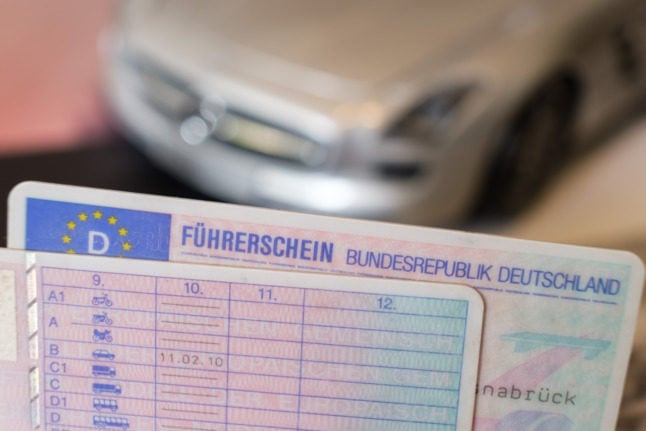Insurance comparison website Check24 found that Hamburg had a much higher than average rate of accidents compared with the rest of Germany's states.
On an index where a score of one represented the average rate of accidents, Hamburg was at 1.16, closely followed by Berlin in second place at 1.15.
That makes insurance in the two cities significantly more expensive than elsewhere in Germany.
“It's clear that in a big city these things happen more often than in the countryside states like Mecklenberg-Western Pomerania,” a spokesman for motoring organization ADAC told the Hamburger Morgenpost.
“You just have to think about all the traffic jams and stop-and-go driving”.
Particularly nervous drivers might want to consider moving to Thuringia, which had the lowest accident index score at just 0.8.
In real terms, that meant a third fewer accidents took place in the thickly-forested state than in Hamburg.
Overall, people living in the former West Germany claimed four percent more often than their compatriots in the former East.
Bavaria was dead-on average with a score of 1.0.
While the insurers found that women claimed more regularly on their insurance than men, ADAC responded that women usually experienced nothing worse than dings and scrapes.
Men, on the other hand, were more likely to be involved in a serious crash, they said.
In an age-based comparison, Check24 said that as customers grew older, they were more likely to make a claim.
The over-70s claimed almost 60 percent more often than those between 18 and 30, they said.



 Please whitelist us to continue reading.
Please whitelist us to continue reading.
Member comments